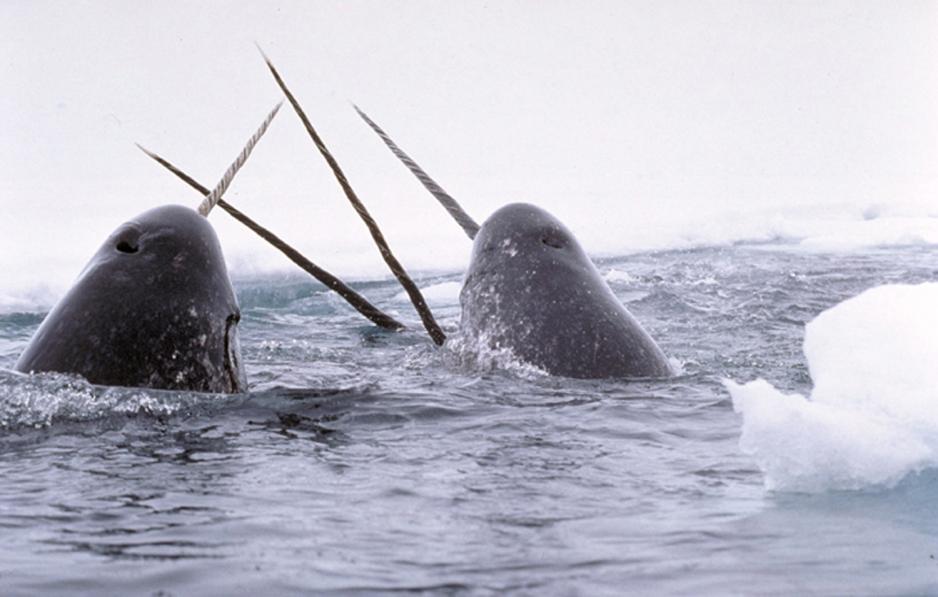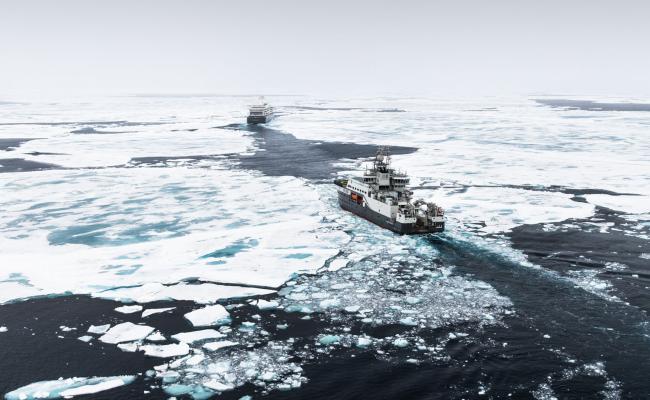Climate Change Forces Arctic Whales North

The narwhale (pictured), the bowhead whale, and the beluga prefer cold waters and sea ice. (Photo: Wikipedia)
New research shows that the narwhale, bowhead whale and beluga are moving north. Rising temperatures in the ocean is to blame and scientists warn against the consequences this will have for other species in Arctic waters.
The sea ice is decreasing and the temperature in the ocean is rising. This leads to narwhales, bowhead whales and belugas moving north.
This is revealed in a new scientific article from Greenlands Institute of Natural Resources. The research has been carried out on the basis of tracking data from 227 individuals.
The narwhale, bowhead whale and beluga prefer cold water and sea ice and the temperature in the ocean surface is important for the whales' migration patterns. It also signals if an area meets the whales' environmental requirements.
By 2100
Scientists have tracked the whales' movement the last 30 years. The sea ice in the Arctic has simultaneously decreased with three to four percent per decade. It will therefore come a time when the ocean temperature in the whales' southern areas will be too high for the marine mammal.
Scientists expect that the whales will have moved around 250 kilometers further north in the summer by 2100 and almost 125 kilometers in the winter.
The narwhale is considered the most sensitive of the Arctic marine mammals because it has limited range and is dependent on sea ice.
In the most serious scenario, the narwhales on West Greenland will have very limited summer areas north of Baffin Island in Nunavut, Canada, left in 2100.
Fewer belugas
Scientists also believe that climate change has already contributed to some beluga populations not recovering after past hunting and overexploitation.
West of Greenland, the bowhead whales' winter habitat will expand to the canadian archipelago, according to the scientists. Less sea ice will make it possible for bowhead whales to stay in small areas most of the year.
The bowhead whale is already showing up further north than before on East Greenland. However, the distribution of zooplankton, which the whales feed on, has a limit on how far north it can move.
The research does not include all whale populations in the Arctic, but it it is reason to believe that the other populations will follow.



